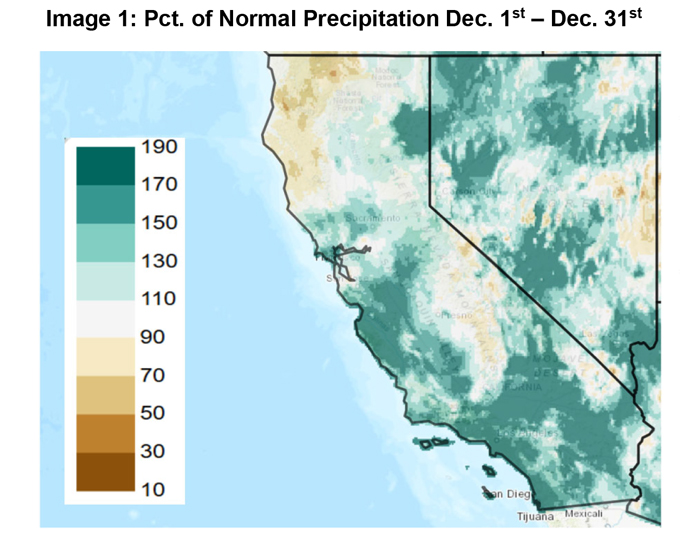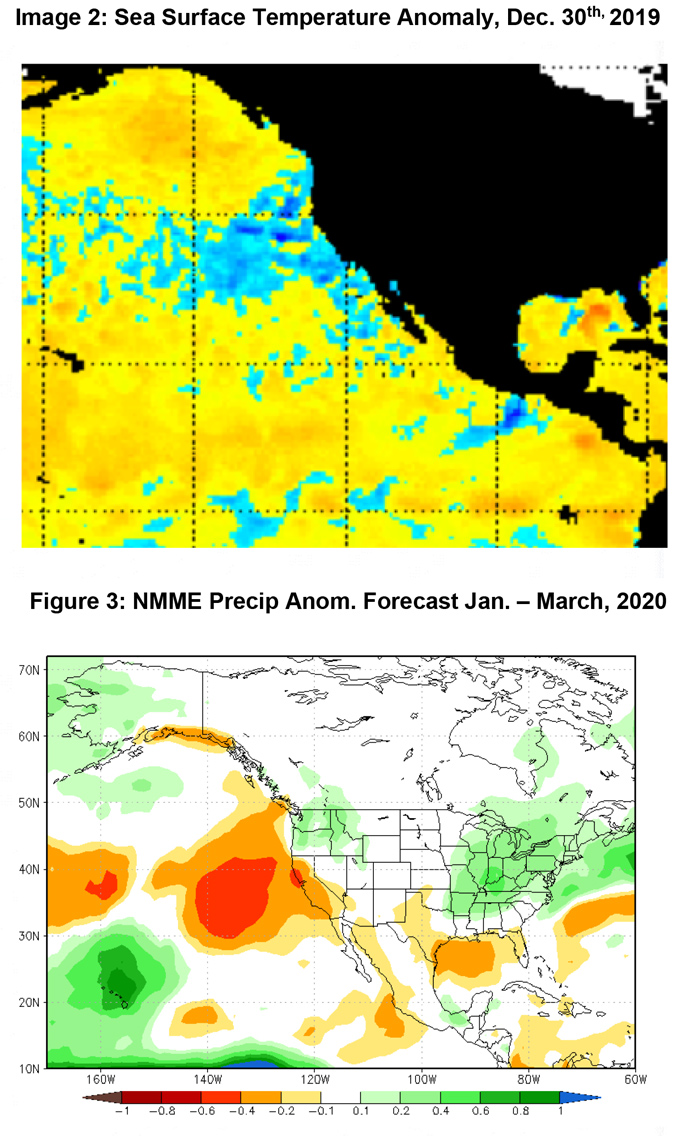
Brad Graevs of the Plumas Underburn Cooperative uses a drip torch to set fire to vegetation in Humboldt County as part of a controlled fire in June organized by the Humboldt County Prescribed Fire Association. Photo/Lenya Quinn-Davidson
Controlled burning has proven effective at reducing wildfire risks, but a lack of insurance has dissuaded private landowners from implementing the practice. Policy expert Michael Wara discusses soon-to-be-enacted legislation that would pay for fire damages to neighboring properties in California.
September 27, 2022 – By Rob Jordan,Stanford Woods Institute for the Environmen – Ironically, after California’s deadliest and most destructive wildfire season ever – in 2018 – insurance companies stopped providing coverage for one of the most promising ways to prevent such catastrophes.
To slow the scourge of wildfires, California needs controlled or prescribed burning of tinder-dry trees and brush known to fuel runaway wildfires – or vegetation thinning on about 20 million acres or nearly 20% of the state’s land area. Although more than 50% of the state’s land belongs to private owners, they have largely avoided prescribed burning in part due to fears of bankruptcy, according to previous Stanford University research. To assuage those fears, Stanford legal research scholar Michael Wara, in partnership with The Nature Conservancy and University of California Agriculture and Natural Resources fire advisors, assisted California state Sen. Bill Dodd in the development of legislation that would implement a $20 million fund to pay for prescribed fire damages to neighboring properties through 2028. The bill – SB 926 – received almost unanimous support from the state legislature, and awaits Gov. Gavin Newsom’s signature before it is finalized.
Below, Wara, director of the Climate and Energy Policy Program at the Stanford Woods Institute for the Environment, discusses how to restart the insurance market for prescribed burning on private land, dispel misconceptions about the practice, and surmount related obstacles.
This past April, mistakes in a routine U.S. Forest Service prescribed burn led to New Mexico’s largest wildfire ever. What impact will that have on prescribed burning in California going forward?
CalFire – the California Department of Forestry and Fire Protection – is a bit more anxious about prescribed fire than perhaps they were before New Mexico. But there are many different flavors of prescribed fire. SB 926 helps private landowners with smaller fires than what escaped in New Mexico. That fire was supposed to be 2,500 acres. Most prescribed burns on private land are about 10 acres, so there’s a lot less potential for damage. But there are far more of them conducted – more than 400 over the past few years – than is typical for the forest service.
Is the insurance industry’s risk aversion for prescribed burnings justified?
Based on our analysis over the past three years, only two out of 400 prescribed burns on private property in California have escaped. And when you say “escaped,” it doesn’t necessarily mean damages. They burned a little more than planned. A cattle grate was damaged in one case. The risk is really low, at least as far as we can tell from the actual data. CalFire has had two escapes in the past three years that did more damage and required more attention, but again, that’s a different beast from burns on private property.
What can be done to encourage insurers to issue policies for prescribed burn coverage?
Writing or issuing commercial fire insurance and reinsurance is not how you get promoted in the insurance industry. We need to change that. Lenya Quinn-Davidson of University of California Agriculture and Natural Resources and I are trying to build a much more comprehensive assessment of what the risk actually is. Bringing insurers into the market requires actuarial analysis. We want to replace preconceived notions and fears with data. Maybe you won’t sell me an insurance policy that covers that first loss, but maybe you would sell me one that covers loss above some very high deductible – maybe $2 million – because those losses are unlikely to occur.
Is a $20 million liability fund that only covers private land enough to make a dent in the massive amount of prescribed burning California needs to do?
This bill is a pilot. It’s intended to see what happens, see what we can learn. This is a targeted, surgical intervention to help a particular set of people who we think could play an important role in reducing risk. I think of them as the Good Samaritans of fire. They are going out on their weekends, getting paid nominal money if anything, and working to make their communities safer. How to better manage private lands for fire risk in California is a huge issue. The odds these parcels are important go up as you get closer to communities. A lot of this is aimed at protecting small-town California. These places where there’s a lot of risk, you’ve also got lots of private landowners.
Some people are concerned by the prospect of frequent, purposefully set fires. What can be done to reassure them?
The way public opinion on prescribed fire changes is with engagement. Community meetings, personal experience, and accurate depictions in trusted media are key. In general, when that kind of work is done, there’s tremendous support. This bill will make it easier to have more of those interactions. Financial support for prescribed fire work is available; the real challenge now is these liability issues.
How do Native tribes that have done controlled burning for millennia figure into this?
Work remains to be done figuring out how to incorporate cultural burning into a claims fund process – it’s an unfinished aspect of this pilot. I would hope before we move toward a permanent solution, we solve that problem. And this is one of the things our Smoke Policy Lab will be working on this year, in partnership with the Karuk Tribe Department of Natural Resources. (Read more about the policy lab.)
What other major obstacles to prescribed burning remain? How can we overcome them?
The real limiter for doing prescribed burning in California is having trained personnel available and having backup units available. If CalFire doesn’t have resources to stand by, a burn won’t happen. If we’re going to change the fire ecology of the state – which is really what we need to do to keep communities safe – we need to train an army of people. It implies a huge investment in rural California and lots of jobs. We need as much emphasis on good fire as we currently have on fire suppression.
Why should Californians who don’t live near wildfire-prone areas care about this bill?
Anybody that lives in L.A. or the Bay Area or the San Joaquin or Central Valley over the past five years has experienced terrible air quality. Stanford scholarship from Kari Nadeau, Mary Prunicki, Marshall Burke, and Sam Heft-Neal has made this point in many different ways. Prescribed fire makes a little bit of smoke to avoid a very large volume of smoke. You can choose the day and weather conditions so the smoke doesn’t expose people in communities downwind. While our understanding of the impacts of wildfire smoke is developing rapidly, the more we are learning, the more serious the threat to public health seems to be.
Wara is also interim policy director for the Sustainability Accelerator at the Stanford Doerr School of Sustainability.
Source: Stanford

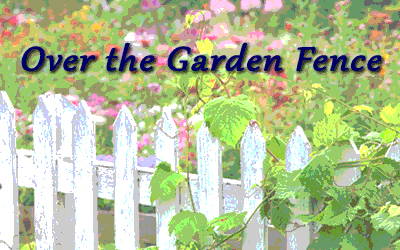 September 26, 2022 – By Michele Nowak-Sharkey, UC Master Gardener of Mariposa County – The largest natural cause of fire is lighting. However, most fires are human caused. The percentage varies from 89% – 95% depending on the source. With the increase in drought, fuel build-up in unburned forests, earlier springs, higher temperatures, beetle infested weakened trees, with the addition of a bit of wind and the same actions that might have easily extinguished a small fire in the past are now creating dangerous infernos.
September 26, 2022 – By Michele Nowak-Sharkey, UC Master Gardener of Mariposa County – The largest natural cause of fire is lighting. However, most fires are human caused. The percentage varies from 89% – 95% depending on the source. With the increase in drought, fuel build-up in unburned forests, earlier springs, higher temperatures, beetle infested weakened trees, with the addition of a bit of wind and the same actions that might have easily extinguished a small fire in the past are now creating dangerous infernos.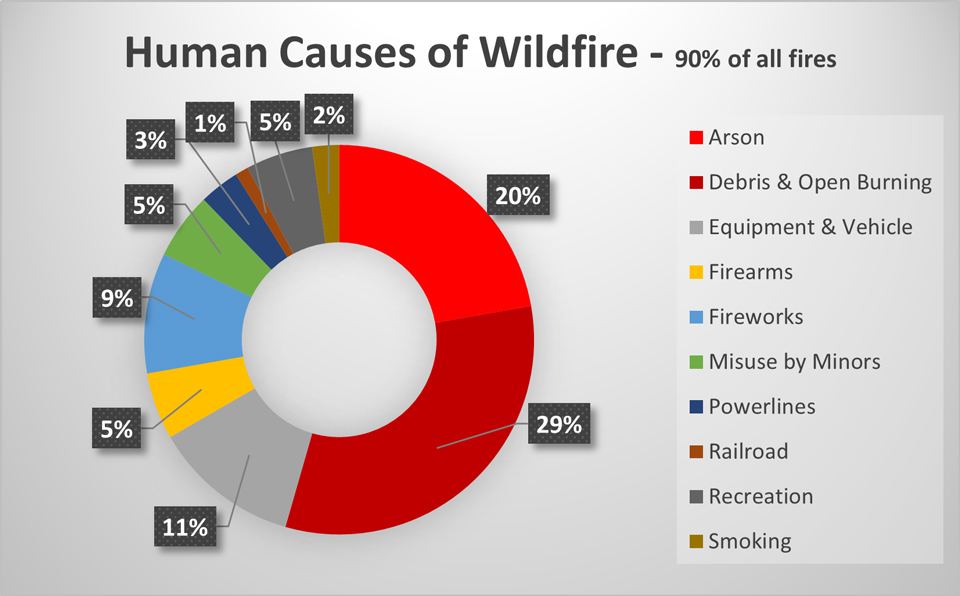
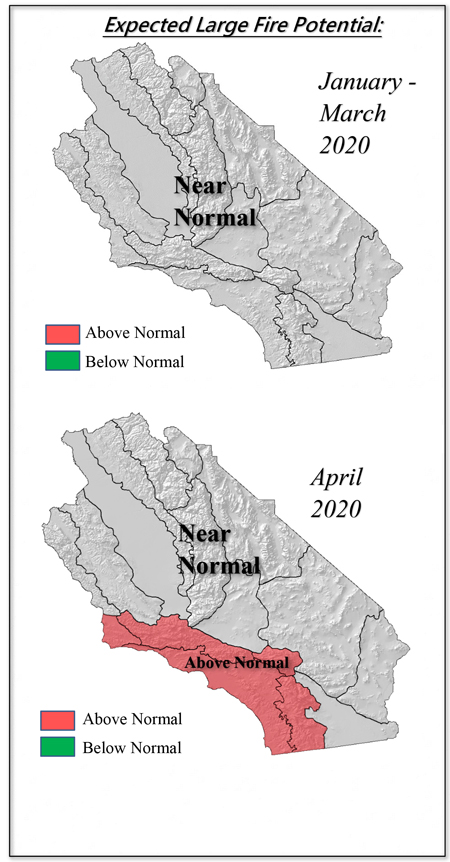 connection, most of the precipitation across Southern California arrived courtesy of storms begat from the Gulf of Alaska. As such, these storms brought heavy snow to relatively low elevations, especially across the Angeles and San Bernardino National Forests. Many of these storms remained off the coast, which caused the heaviest precipitation in Central California to be focused from the San Joaquin Valley westward. While much of the desert continued to see well above normal precipitation last month, curiously, the Sierras experienced slightly below average precipitation in December (Image 1, below).
connection, most of the precipitation across Southern California arrived courtesy of storms begat from the Gulf of Alaska. As such, these storms brought heavy snow to relatively low elevations, especially across the Angeles and San Bernardino National Forests. Many of these storms remained off the coast, which caused the heaviest precipitation in Central California to be focused from the San Joaquin Valley westward. While much of the desert continued to see well above normal precipitation last month, curiously, the Sierras experienced slightly below average precipitation in December (Image 1, below).